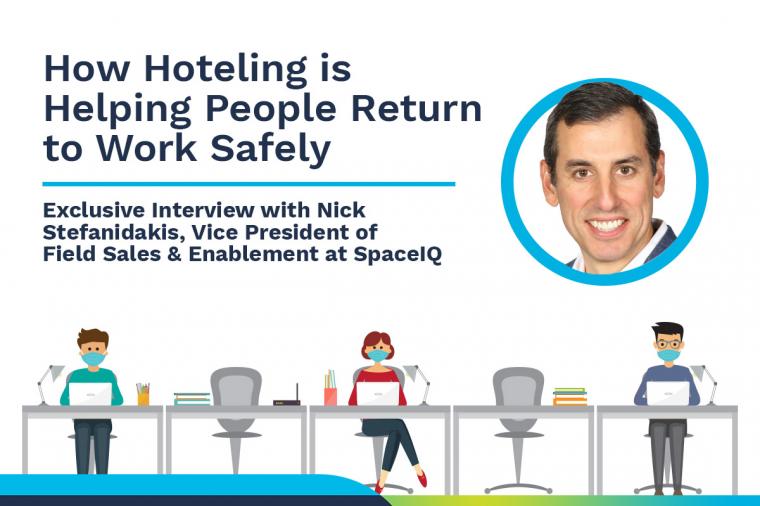Excerpts from this article were originally published in Advantage for Construction, a newsletter for executives and managers in the field of general contracting. Advantage for Construction is produced by Longitude Media, the publisher of Cadalyst. The entire article, How to Hire a Great BIM Manager, can be read, here.
The best leaders have several traits in common – and a few of them might surprise you.
While some government agencies are “…yet to be convinced of the benefits that an intelligent model can provide,” others are embracing with open arms the time and cost savings that can be achieved by incorporating Building Information Modeling (BIM) into their workflows.
For those agencies that are ready to start down the slow path to BIM implementation, an excellent place to begin is by creating the position of BIM manager.
So what exactly does a BIM manager do? What do you need to look for in a candidate? And what should a BIM manager do to support your business? To answer these questions, Advantage for Construction spoke with two respected BIM experts. Jan Reinhardt is cofounder and principal of ADEPT Project Delivery, a BIM consulting business. Jennifer Lanzetti, LEED AP, is the BIM coordinator for Jacobsen Construction, leading the firm's BIM implementation and training effort for the past two years.
Both Reinhardt and Lanzetti identified the following key traits of successful BIM Managers:
Eight Traits of Great BIM Managers
1: Well-rounded knowledge of construction. A BIM manager for a construction company needs to have a firm understanding of the construction industry. The more well-rounded the understanding, the better, and a BIM manager that’s familiar with the various perspectives of construction will yield the greatest return on the new position.
2: Big-picture perspective. BIM is a process that involves team members from several different backgrounds – architects, engineers, contractors, etc. A successful BIM manager will need to understand how each team member will interact with the 3D modeling.
3: Stakeholder empathy. For a BIM manager to empathize with the various roles on your team, you’ll want someone who has a background in one or more of those fields – architecture, engineering , etc – or someone who has extensive industry experience.
4: Excellent communicator. When it comes to communicating and collaborating with team members, a BIM manager is no different than many other professions. An excellent communicator can go a long way in ensuring everyone is on the same page.
5: Good teacher. Because BIM is likely to affect every single department of an organization – from accounting to the workers in the field – you’ll want a good teacher and BIM ambassador to train others in the organization.
6: Understands the technical side of the business. As Reinhardt states, “[when I was still with Turner], I made sure I was deeply involved with one or two projects in detail and was spending at least 20 to 30 percent of my time looking at operational issues and the rest of the time teaching and setting up other projects. I think that this is one element that needs to be there: The people who teach need to know BIM and to have learned it in the trenches as opposed to from the books."
7: But not too tech-y. This ties back into having a big-picture perspective. If a BIM manager has a technical background, it will be easy to revert back to familiar territory. The challenge is harnessing your technical background and applying your knowledge to the bigger picture.
8: Diplomatic, yet firm. Where a normal manager strikes a balance between been personable and well-liked, while at the same time motivating a team to complete the mission, a BIM manager’s task is not so easy. As Lanzetti explains, "It's more than managing models, drawings, and BIM applications; it's managing people, whether it be the architect, engineer, owner, or our own project managers. Sounds like a normal management position, but in this case I think it's a little different because the people are all at different levels of understanding, and many of them are afraid of change.”
How a BIM Manager Affects Operations
Although there's certainly a steep learning curve when making the leap from 2D to true BIM, the payback is in the potential for acquiring more work, making fewer mistakes, and increasing productivity. At its core, BIM is about nothing less than a complete process change. It opens the door to delivering fully integrated projects in which the team shares the knowledge, the risk, and the reward more equally. Hiring a BIM manager moves the needle in that direction.
Has your agency recently adopted BIM into your workflow? Have you begun looking for a BIM Manager to lead the charge? Tell us about it in the comment section below.
Related Articles

















































